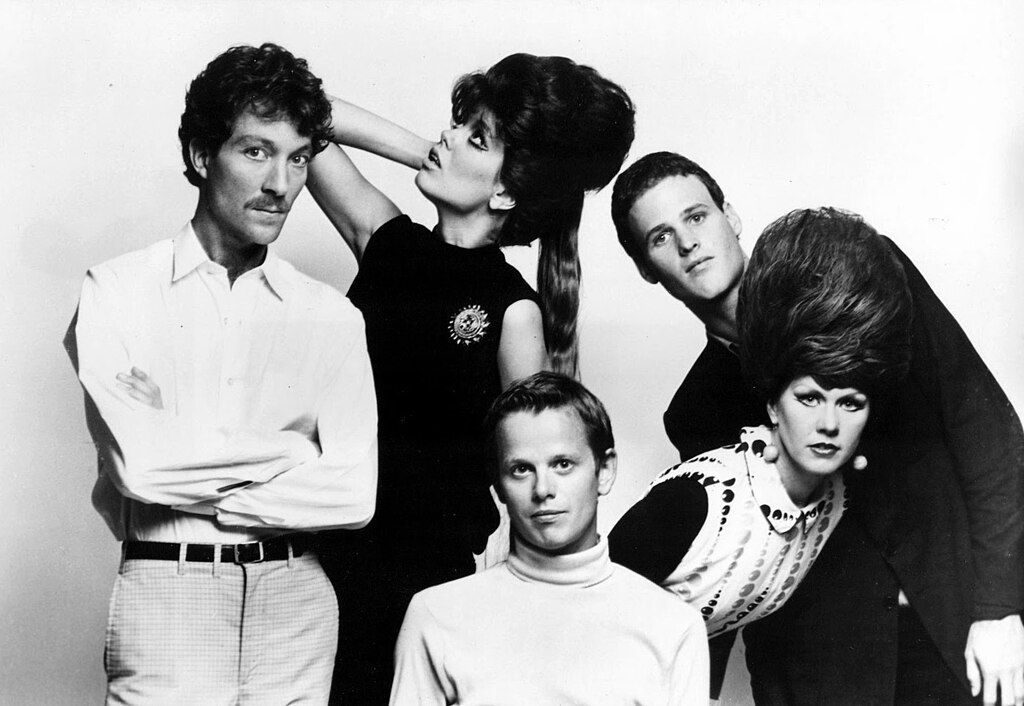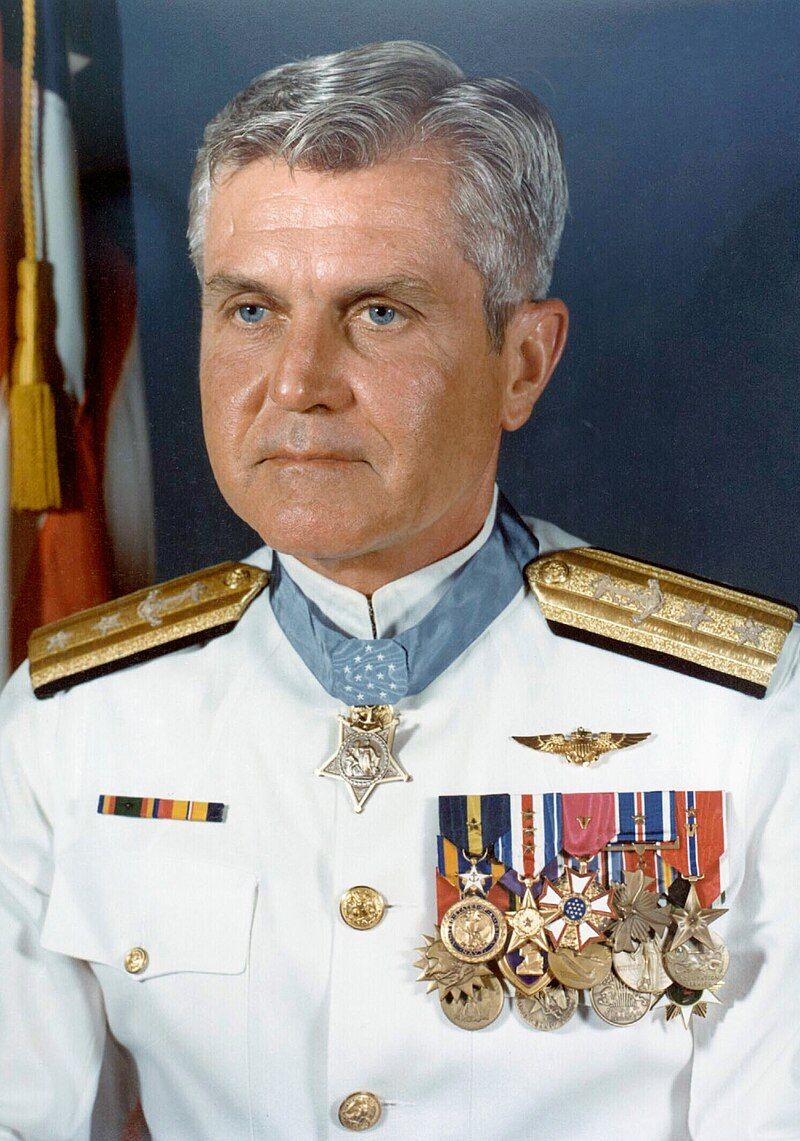Summary
- The Boeing B-52 Stratofortress, a successful strategic bomber, is an American icon and cultural symbol.
- The B-52 inspired the name of the popular American New Wave rock band The B-52s due to its nose cone-resembling hairdo.
- The B-52 has been featured in movies like “Bombers B-52.”
- It has played a significant role in various real-world combat operations, boosting morale and demonstrating its versatility.
The 70-year-old Boeing B-52 Stratoforress made its maiden flight in 1952, though it didn’t actually enter official operational service with the US Air Force until 1955. Known as the “BUFF” (“Big Ugly Fat Fellow” in polite company and “Big Ugly Fat F*cker” to others), it is more than just the most successful strategic bomber of all time (and more than just one of my Top Two favorite warplanes of all time). The B-52 is not just an icon of American military history. It’s also an American cultural icon.
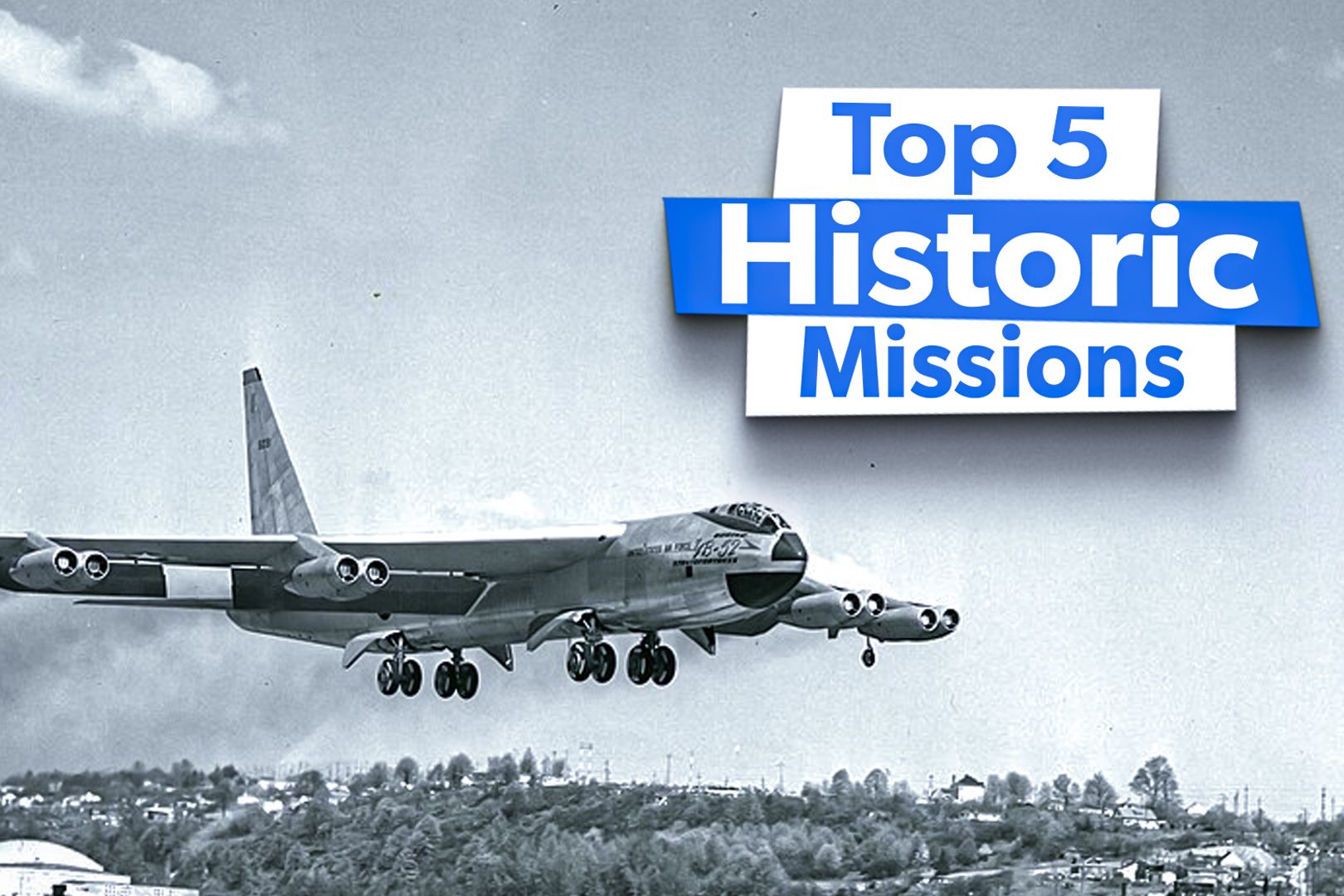
Related
Top 5 Historic Missions Of The B-52 Stratofortress
The B-52 is America’s most accomplished bomber of the post-WWII era. Let’s take a look at some of this illustrious aircraft’s most defining missions.
How did the BUFF attain this epic status? Let’s take a look.
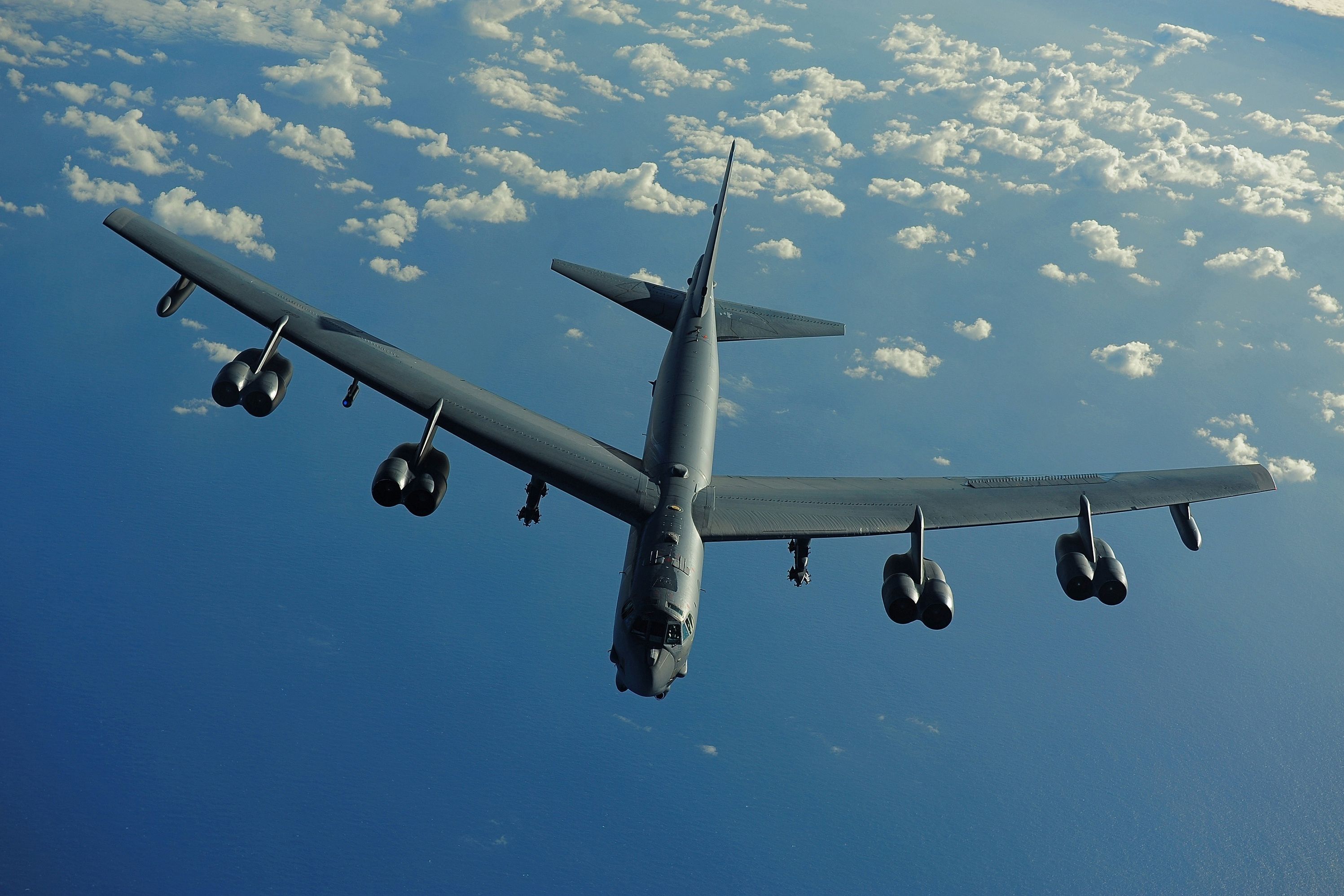
Related
Bayou Vigilance: Why The USAF Landed 2 B-52 Bombers At Chennault International Airport
Non-military personnel don’t typically get to see a B-52 bomber take off and land. Civilians at an airport in Louisiana just got a rare treat.
The BUFF immortalized in music
When a highly popular American New Wave rock band of the 1970s and 1980s bears the namesake of a warplane, you know that warbird has indeed made it into the proverbial Big Leagues as a household name. I refer, of course, to that band known as The B-52s.
The group — originally consisting of Fred Schneider (vocals, percussion), Kate Pierson (vocals, keyboards, synth bass), Cindy Wilson (vocals, percussion), Ricky Wilson (guitar), and Keith Strickland (drums, guitar, keyboards) — took its name in 1976, America’s bicentennial year, and a year after the end of the Vietnam War. It was a point in time when the US military establishment wasn’t exactly a popular entity in the eyes of a sizable chunk of the American public.
The band’s name was inspired by a particular beehive hairdo resembling the nose cone of the aircraft, which Ms. Pierson and Ms. Wilson wore during performances during the band’s first decade.
Though nowhere nearly as famous as the New Wave band, there was a former BUFF driver turned professional singer who dedicated a song to the plane itself: the late James P. “Bull” Durham (Lt. Col., USAF, Ret.):
“She’s been around since Jesus was a boy. There’s no place in this world where she can’t deploy. She’s Johnny on the spot. When everything gets hot, I thank the USA for my big toy.”
B-52 as a movie star
Like all good American icons, the B-52 has been immortalized on film, and not just war documentaries. It had its own feature-length motion picture and theatrical release, which predated the rock band by two decades.
I’m talking about the 1957 movie “Bombers B-52,” starring Karl Malden, Natalie Wood (age 19 at the time), Ephrem Zimbalist Jr., and Marsha Hunt. This movie came out on the big screen just two years after the B-52’s real-life USAD operational debut. It was the same decade that Mr Malden co-starred with Marlon Brando in both “A Streetcar Named Desire” and “On the Waterfront.” From the official description on IMDb:
“Sgt. Chuck Brennan [Malden} always disliked playboy and hotshot Col. Jim Herlihy [Zimbalist]. Now Chuck has even more reason to. Jim is dating his daughter, Lois [Wood].”
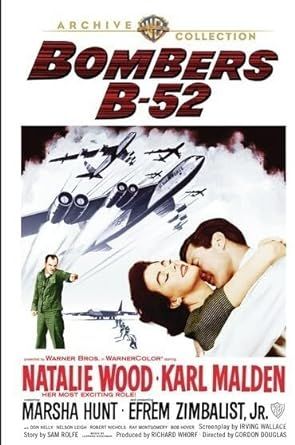 Real-world iconic performances
Real-world iconic performances
Entertainment industry paeans aside, the biggest reason the B-52 became an icon was its performance in real-world combat. In my previous two B-52 articles, I already covered the BUFF’s performance in Operation Arc Light (Vietnam War), Operation Linebacker II (Vietnam War again), Operation Desert Storm (1991 Persian Gulf War), Operation Allied Force (1999 Kosovo War), and Operation Enduring Freedom (Global War On Terror [GWOT], more specifically Afghanistan).
I will expand on one of those historically significant B-52 missions, specifically Linebacker II. The late Vice Admiral James Bond Stockdale (December 23, 1923 – July 5, 2005), a Medal of Honor recipient whom some of you may recall as H. Ross Perot’s running mate in the 1992 US Presidential race, had this to say about how the B-52 strikes heavily boosted the morale of VADM Stockdale and his fellow POWs at the infamous “Hanoi Hilton” prison while utterly demoralizing the imprisoned pilots’ captors and shattering the Communists’ arrogance:
“One look at any Vietnamese officer’s face told the whole story. It telegraphed hopelessness, accommodation, remorse, fear. The shock was there; our enemy’s will was broken.”
One of the warbird’s precision strike missions also added to the bomber’s iconic status and demonstrated just what an incredibly versatile and adaptable platform the B-52 truly is. As per the official U.S. Air Force Fact Sheets:
“On Sept. 2-3, 1996, two B-52Hs struck Baghdad power stations and communications facilities with 13 AGM-86C Conventional Air-Launched Cruise Missiles, or CALCMs, as part of Operation Desert Strike. At that time, this was the longest distance flown for a combat mission involving a 34-hour, 16,000-statute-mile round trip from Barksdale Air Force Base, Louisiana.”
The B-52 is a true American icon indeed!
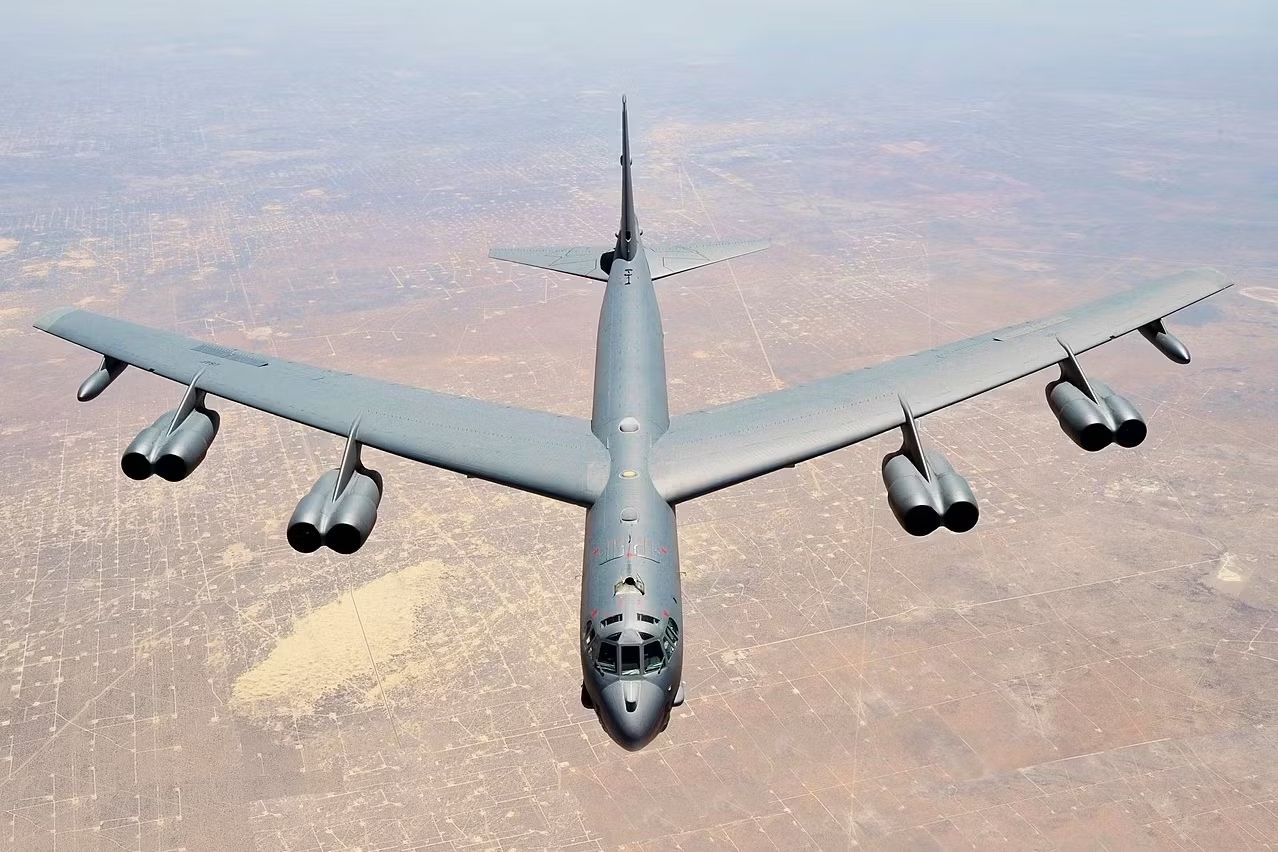
Related
Congress Wants US Air Force B-52 Bombers To Carry Nukes Again
Around 30 B-52s may be reconverted to carry nuclear weapons in a reversal of New START limitations.

